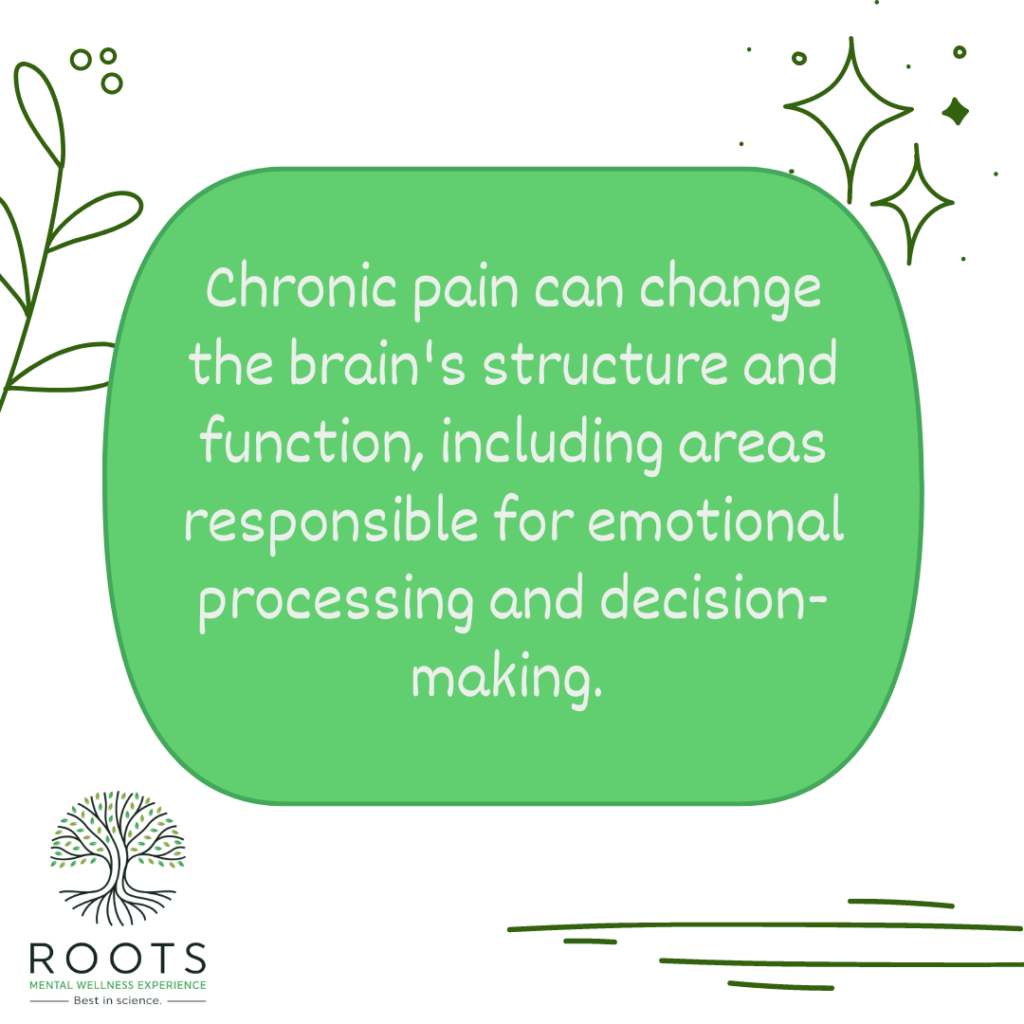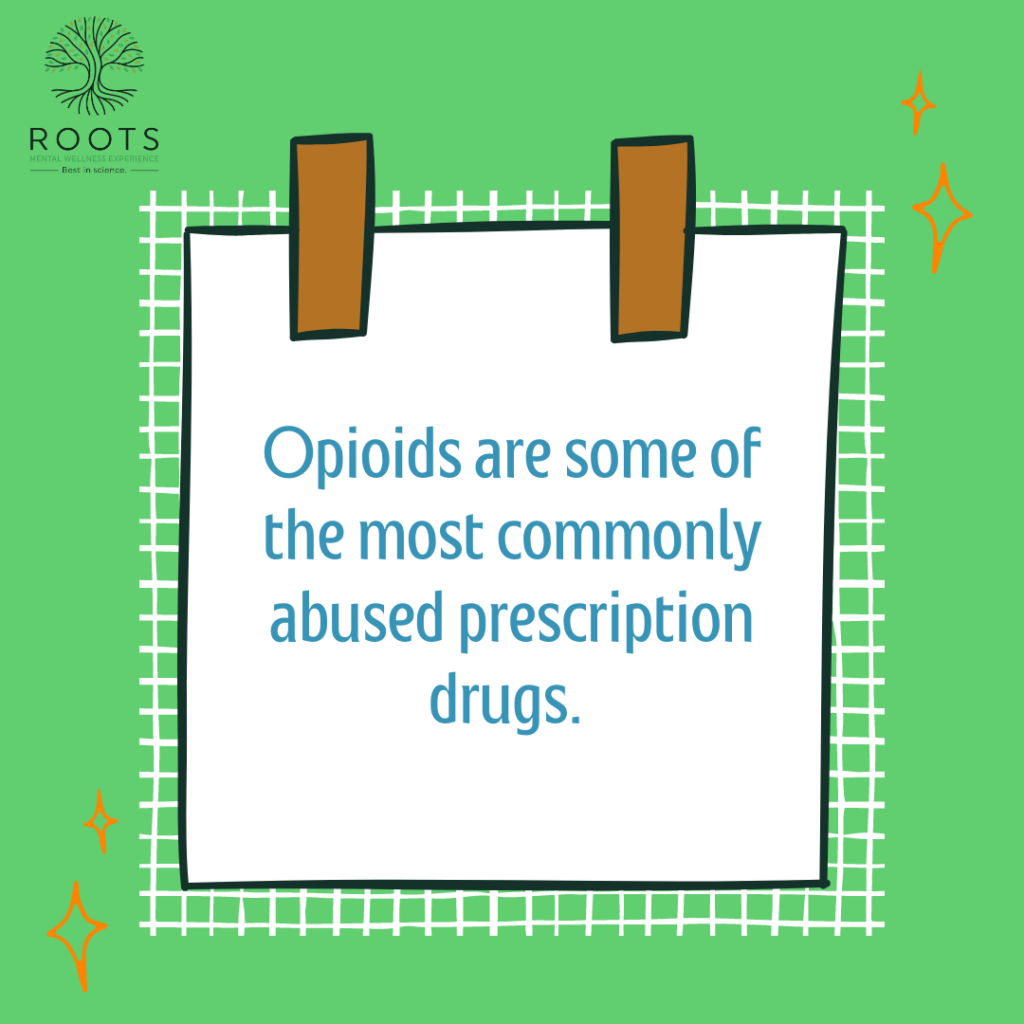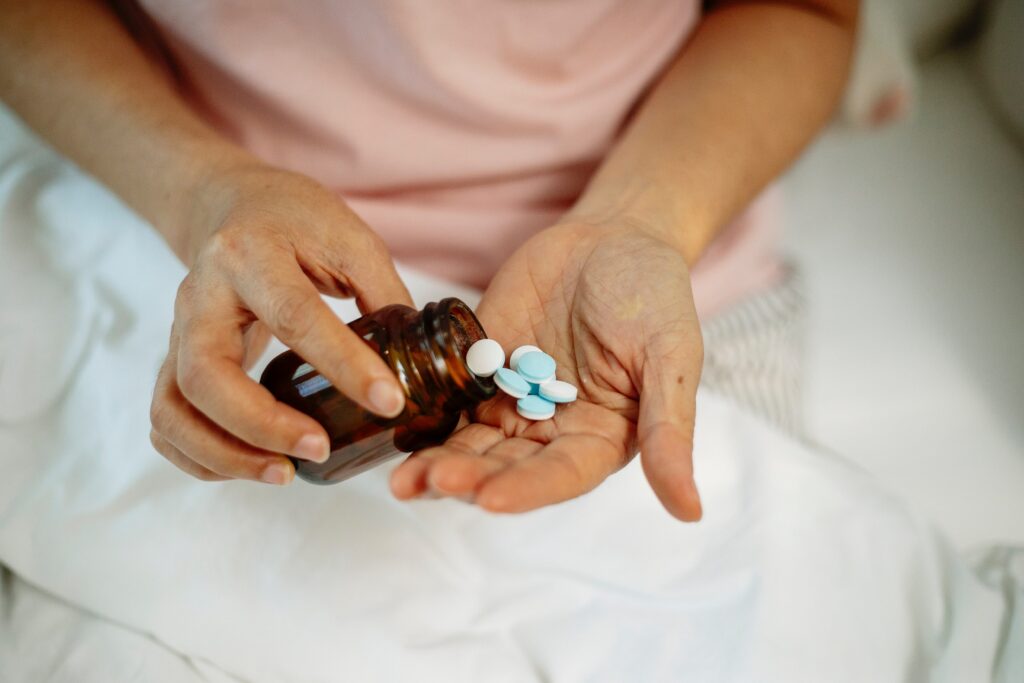Pain, whether physical or emotional, is inevitable. That said, it is vital to discover effective strategies to manage it without developing prescription drug addictions.
One way to cope with pain is through prescription pain medications. However, there is a downside to this approach. While they offer relief from discomfort, these medications also pose a potentially dangerous risk – addiction. Finding ways to manage pain without relying on medication can be challenging, and it’s essential to seek addiction treatment if things take a turn for the worse.
According to research, over 2 million people fall victim to pain medication addiction each year. This dependence on painkillers can lead to a host of issues, including further health complications, financial strains, and relationship challenges.
By gaining a thorough understanding and utilizing appropriate treatment methods, individuals can reap the healing benefits of medication without the constant worry of prescription drug addiction.
In this blog, we will discuss what pain is, its different types, and how it affects the body and mind. We will also share some pain management strategies and offer guidance on treatment for those dealing with painkiller addiction.

Understanding Pain
Pain occurs when nociceptors detect tissue damage and transmit this information to the brain through the spinal cord. The sensation of pain can be focused on a specific area or dispersed throughout the body.
It may stem from various sources, such as injuries, illnesses, or chronic conditions, and the intensity of the discomfort can range from mild to unbearable.
What are the Different Types of Pain?
Pain can be categorized into two primary types: acute and chronic pain.
Acute pain is usually the result of an injury, a disease, an overuse, or environmental stressors. It usually heals after a short period.
Chronic pain may be caused by various circumstances, such as traumatic injury, severe illnesses, or after surgery.
Unlike acute pain, chronic pain lasts for an extended period, like months or years. It may also be associated with psychological aspects, such as depression or anxiety.
Other types of pain can be identified by a specific body part or its origin. For instance, neuropathic pain results from a broken or damaged nervous system, while nociceptive pain appears when the pain receptors in the body are activated.
How Pain Affects The Body and Mind
Pain is a complex experience that involves both physical and emotional components. When the body experiences an unpleasant sensation, it releases stress hormones, like cortisol and adrenaline. It may result in physical discomforts like sweating, shaking, and increased muscle tension.
Chronic pain can also change the brain’s structure and function, including areas responsible for emotional processing and decision-making. It may result in depression, anxiety, and other mental health conditions.
How To Manage Pain Without Prescription Drugs Addiction
Some of the pain management strategies individuals often use include:
- Non-medication approaches: These include physical therapy and exercise, mind-body techniques, acupuncture, chiropractic care, and massage therapy.
- Over-the-counter (OTC) pain relievers: Some common types of painkillers you can purchase in drugstores are acetaminophen (Tylenol), ibuprofen (Advil, Motrin), and naproxen (Aleve). They can be effective in managing mild to moderate pain.
- Prescription pain medications: When addressing moderate to severe pain, a doctor’s prescription is necessary. Some examples of prescription pain medications include opioids, tramadol, and muscle relaxants.

Managing Pain Without Medication
In reducing prescription pain medications risks, you may opt to do some physical activities and techniques related to treating your condition. These approaches include:
- Physical therapy and exercise: It can help improve mobility, flexibility, and strength, reducing pain and improving function. It also increases blood flow and releases endorphins, natural painkillers the body produces.
- Mind-body techniques: These include meditation, yoga, and deep breathing. They can help lessen stress and muscle tension.
- Acupuncture: It involves the insertion of thin needles into the body to stimulate natural healing processes. Acupuncture has been proven effective in reducing pain associated with osteoarthritis, migraines, and back pain.
- Chiropractic care: It involves the manipulation of the spine and joints to improve alignment and pain management. It can help you handle conditions such as back pain, neck pain, and headaches.
- Massage therapy: It involves the manipulation of soft tissues to promote relaxation, reduce muscle tension, and improve circulation. It can help you deal with chronic pain, fibromyalgia, and headaches.
Avoiding Addiction to Pain Medications
To prevent prescription drug addictions, you must be aware of the information on its risks, symptoms, and treatment options.
Understanding The Risks of Prescription Pain Medications
Prescription pain medications are potent, as they effectively alleviate pain resulting from traumatic injuries, cancer, fibromyalgia, and other severe conditions. Consequently, these medications carry higher risks than over-the-counter (OTC) drugs and have the potential to be highly addictive.
Can Prescription Drugs Become Addictive?
Yes, prescription drugs can become addictive if not used as directed by a healthcare professional. Prescription drugs are designed to be safe and effective when used properly, but if they are taken in larger doses or for longer periods than recommended, they can lead to physical and psychological dependence.

What are the Prescription Drugs Most Commonly Abused?
Opioids are some of the most commonly abused prescription drugs. They are often prescribed for acute pain following surgery or injury, but can also be prescribed for chronic pain.
They may lead to addiction when you take them over a long period. The potential side effects of opioids include sleepiness, constipation, and nausea. It can also result in life-threatening situations. If you abruptly stop taking opioids, you can sometimes experience jittery nerves or insomnia.
Benzodiazepines are also commonly abused, particularly by people with anxiety or sleep disorders. Other commonly abused prescription drugs include barbiturates, which are sedatives, and prescription cough syrups containing codeine.
How to Recognize the Signs of Prescription Drug Addictions
Some common symptoms of addiction include:
- Taking higher doses of drugs than recommended
- Using the medication for reasons other than treating pain
- Craving the drugs or feeling anxious when the medication is not available
- Neglecting responsibilities in work or family due to the medication
- Withdrawal symptoms when the drug is not available, such as nausea, sweating, and tremors
Treatment Options For Pain Medication Addiction
Patients dependent on prescribed painkillers require comprehensive addiction treatment to achieve a complete recovery and maintain a safer lifestyle. This process often involves a combination of medical intervention, behavioral therapy, and support networks, ensuring a holistic approach to healing and long-term success in overcoming addiction.
Medical intervention plays a crucial role in the recovery process for those dependent on pain medications. It often includes supervised detoxification, medication-assisted treatments, and regular monitoring by healthcare professionals to manage withdrawal symptoms and reduce the risk of relapse.
Therapies and counseling are also used to treat people dependent on prescribed medication. Cognitive-behavioral therapy (CBT) can help individuals determine and modify the thoughts and behaviors contributing to their addiction.
In addition, it’s also important to join family therapy, support, and community groups for aftercare.

Prescription pain medication can be beneficial in managing severe disorders but carries significant risks. Nevertheless, by practicing safe pain management, it is possible to prevent prescription drug addictions. Remember that proper medication intake allows continuous recovery and better quality of life.
If you or someone you know is grappling with pain medication addiction, don’t hesitate to seek help. Take the first step towards safe pain management and recovery from addiction today. Reach out to Roots Through Recovery for expert guidance and support.




